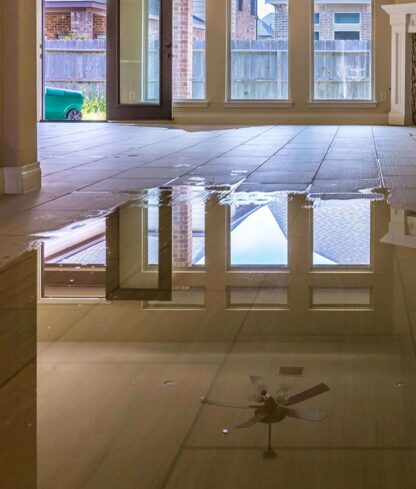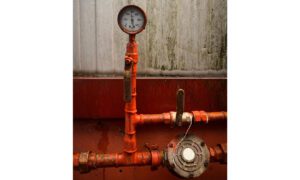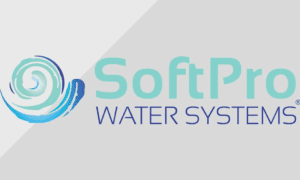When it comes to water damage, immediate action can make all the difference in minimizing its impact. Whether caused by a broken pipe, a natural disaster, or an overflowing sink, the damage can quickly escalate if not addressed properly. In Northern Virginia, where heavy rainfall and unexpected flooding can lead to water damage, knowing the right steps to take can prevent long-term issues and preserve your home. The first thing you should do is contact professional water damage cleanup Northern VA services to mitigate the risks and get expert help.
1. Assess the Situation
The first step in handling emergency water damage is to assess the situation carefully. Try to identify the source of the water and stop it if possible. If the damage is caused by a burst pipe, turn off your water supply to prevent further leakage. If it’s flooding due to heavy rainfall, check the highest point the water has reached and estimate the extent of the damage.
While you may want to rush to start cleaning up, it’s crucial to make sure that there are no electrical hazards. If there are any electrical appliances in contact with the water, avoid touching them and turn off the electricity in the affected area. Safety should always come first.
2. Contact Water Damage Restoration Experts
Once you’ve identified the cause of the water damage and ensured safety, it’s essential to contact a professional restoration company. Water damage cleanup in Northern VA can be complex and time-consuming. Expert services are equipped with the right tools and knowledge to handle various types of water damage efficiently. These professionals use industrial-grade equipment to remove water, dry out areas, and prevent mold growth, ensuring that your home is fully restored to its original condition.
3. Document the Damage
As soon as it’s safe, document the damage for insurance purposes. Take photos or videos of the affected areas, including any valuable possessions that may have been damaged. This documentation will be useful when filing insurance claims and can help speed up the reimbursement process. Be sure to make a list of damaged items and include details about the extent of the damage.
4. Begin the Cleanup Process
If it is safe to do so, start removing any standing water using towels, mops, or a wet/dry vacuum. For larger amounts of water, using a sump pump or a professional water extraction machine will be much more effective. Move furniture, rugs, and other valuables to a dry area to prevent further water damage.
Next, focus on drying out the area. Open windows and doors to allow airflow, and use fans and dehumidifiers to help speed up the drying process. The quicker the space dries, the less likely you are to experience mold growth, which can cause additional health hazards.
5. Check for Mold Growth
Even if your home appears to be dry, moisture may still be lurking in hidden areas like walls and floors. Mold thrives in damp environments and can begin to form within 24-48 hours of water exposure. After the water is removed, make sure to check for signs of mold growth and take appropriate action. In severe cases, professional mold remediation services may be necessary.
6. Prevent Future Water Damage
Once the cleanup process is complete, it’s time to take preventative measures to avoid future water damage. Ensure that your home’s plumbing is regularly inspected, gutters and downspouts are clear, and any cracks in the foundation are sealed. Consider installing a sump pump or flood barriers if you live in an area prone to flooding.
Handling emergency water damage requires swift action to minimize its long-term effects. By staying calm, contacting professional help, and following the right steps, you can protect your home from further damage and ensure that your living space is restored as soon as possible.



































